What to eat in Buenos Aires

If “when in Rome, do as the Romans do” applies, then “When in Buenos Aires, eat these tasty finds” will certainly work too.
Pizza
Buenos Aires pizza is big and floury and tends to the simple: tomato sauce, mozarella, and maybe a little something on top. Or try fugazetta, a local pizza which comes with a mound of cheese, onion and a bit of oregano. Whatever pizza you get, have a slice of faína — a chickpea flatbread which traditionally accompanies it: you can often find a slice + faína + beer combo for a big snack on the go.
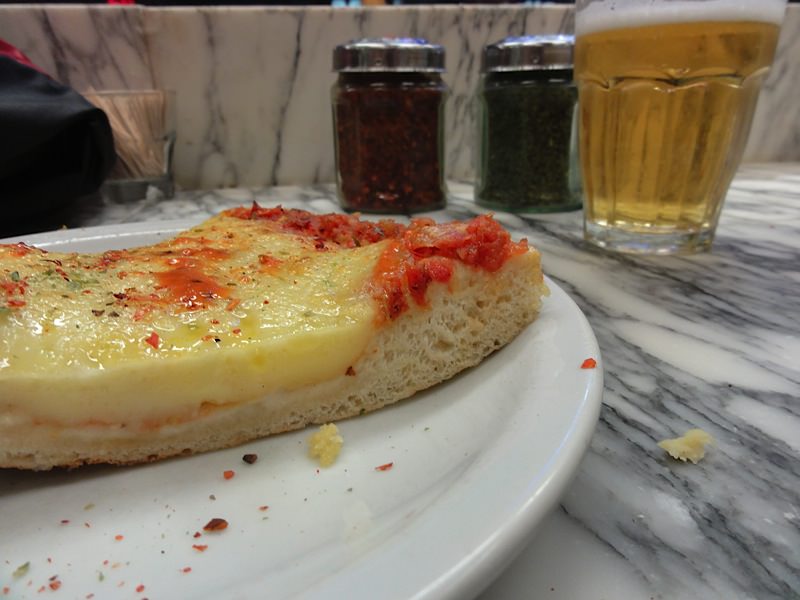
Bondiola sandwiches
These might just be the best sandwiches I’ve ever had. The bondiola is a pork cut, but whatever the guys at the little foodstalls on the Costanera Sur do to them… they do it right. White bread, a big slab of tender meat, a little salad, and a huge variety of sauces and other fillings to add. Forget the million-dollar views (and meals!) by the Woman’s Bridge, and just jump one street over for Buenos Aires’s best street food.
Empanadas
Pastry packets that hold delicious fillings are popular everywhere, but Argentina’s empanadas really are something to write home about. They often come in carne (meat), picante (spicy meat), or pollo (chicken) varieties, but see if you can spot a queso (cheese) one for added heart-attack goodness. Bonus points if you can find some from a Salteña bakery, because I’m going to have to admit, they do taste better in Salta.

Morcilla
Here’s the magic item that helped Linda to get over her “I don’t eat offal” rule. A type of blood sausage or black pudding, morcilla is best served hot off the grill, although it goes down really well cold on crackers as well, kind of like a very strong paté. If you get a parillada (mini-BBQ) to share between two or more people, you’ll definitely find morcilla along with other internal bits and pieces. Don’t think about what they are, just enjoy the rich flavours.
Alfajores
Quite different from the Andalucian alfajor they share their name with, an Argentine alfajor is two sweet biscuits held together with an equally sweet filling: often chocolate, a jam, or most-famously, dulce de leche.
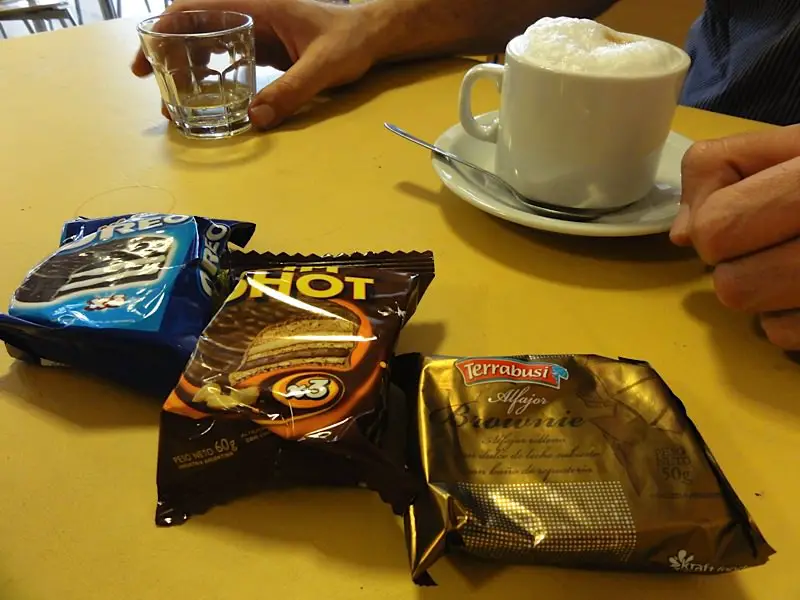
Dulce de leche
The ‘sweet of milk’ is an adequate translation for this breakfast/sweet/sugar-rush/confectionery. It’s used in everything from delicate pastries to shovelling spoonfuls right out of the jar in the same way some people treat peanut butter. It tastes of caramelised sugar and fudge, and goes down smoothly in a Bailey’s-like liquor.
Gelato
The Italian influence is back again in, with gelato being the frozen desert of choice for porteños (residents of Buenos Aires). The real fruit flavours suit me best, but the dark chocolates and dulce de leche flavours are there for when I want a sugar hit. Remember to avoid mass-produced gelato by steering away from the unnaturally bright-coloured tubs and heading somewhere where the colours are a bit more subdued.

Steak
You thought I wasn’t going to mention it right? Wrong! Lots of countries farm good beef, but in Buenos Aires it seems everyone knows how to cook it. Even a cheap cut will taste good, and — generally — quality shows out at higher price ranges. The bife de lomo (tenderloin) is a good budget-to-flavour balance, but if you’ve got a nice restaurant in front of you, check the bife de chorizo (sirloin) amongst the other options from the parilla.
Eat in Buenos Aires!
Whatever you choose to eat, you’re sure to have a flavour experience! Leave a comment below with the best places to eat in Buenos Aires, and the best food you ate theres.
This article was originally published in 2012, and was revisited in 2016.

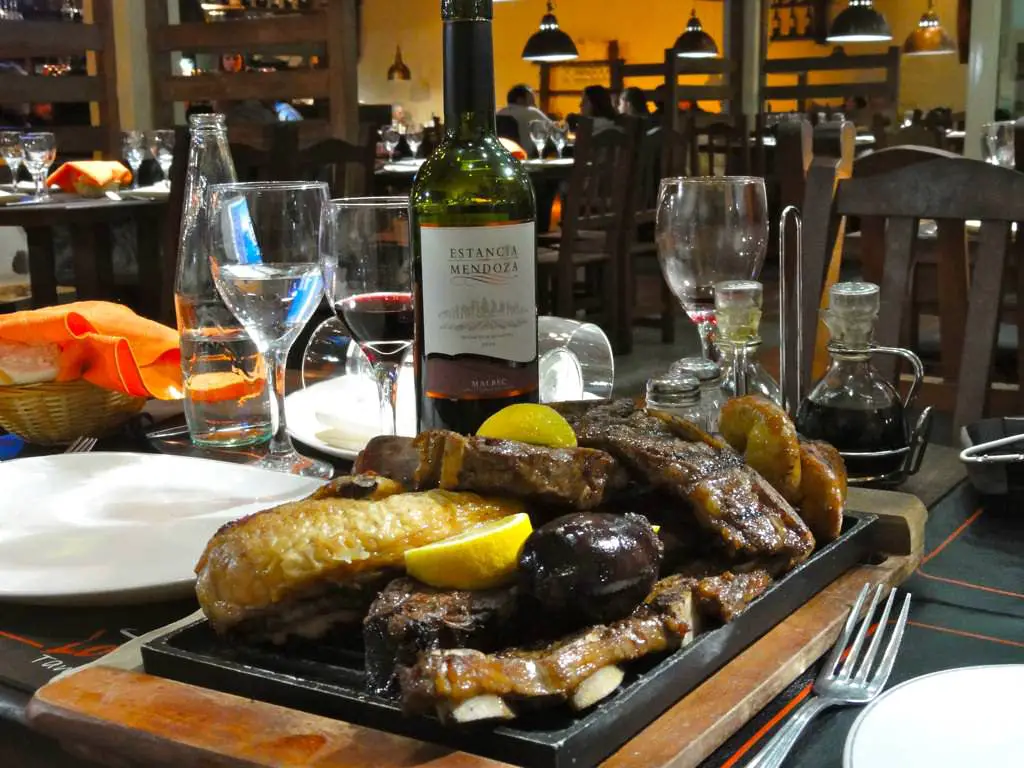
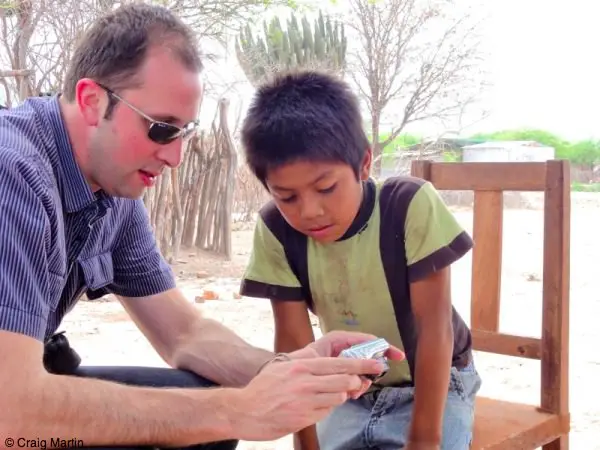

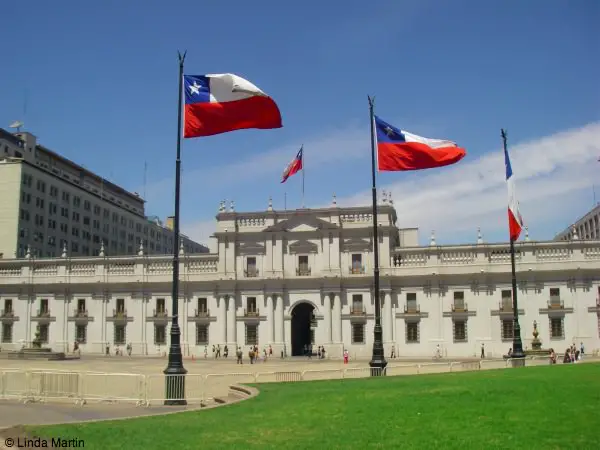

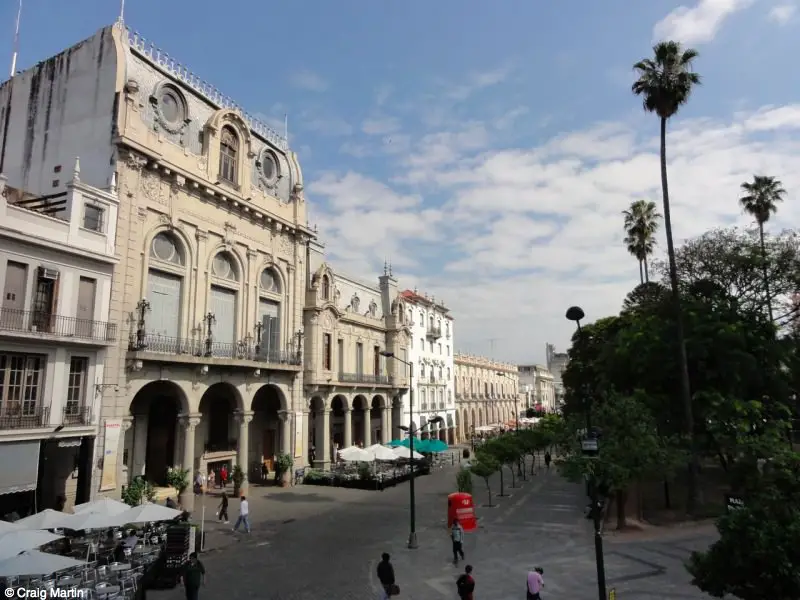

My love of beef and red wine makes me sure I would love the Argentine dining experience. Food is such a huge part of travel, I love finding my new favourite dish.
If you love those, you have to get to a) Buenos Aires, and b) somewhere in New Zealand. Go book your tickets 🙂
Reading this makes me miss all the great food we had in BA. Its such a great foodie city!
It really is! Glad it brought back some great memories.
I love Argentinian food so much! Lots of meat and treats for those with a sweet tooth. I often make dulce de leche at home by immersing a can of condensed milk in water and boiling it for about 2 hours. It’s so simple and the taste and consistency are exactly the same. Sarita saritaagerman/blogspot.it
That’s a good way to get around the lack of Dulce de Leche in the rest of the world 🙂 Thanks, Sarita.